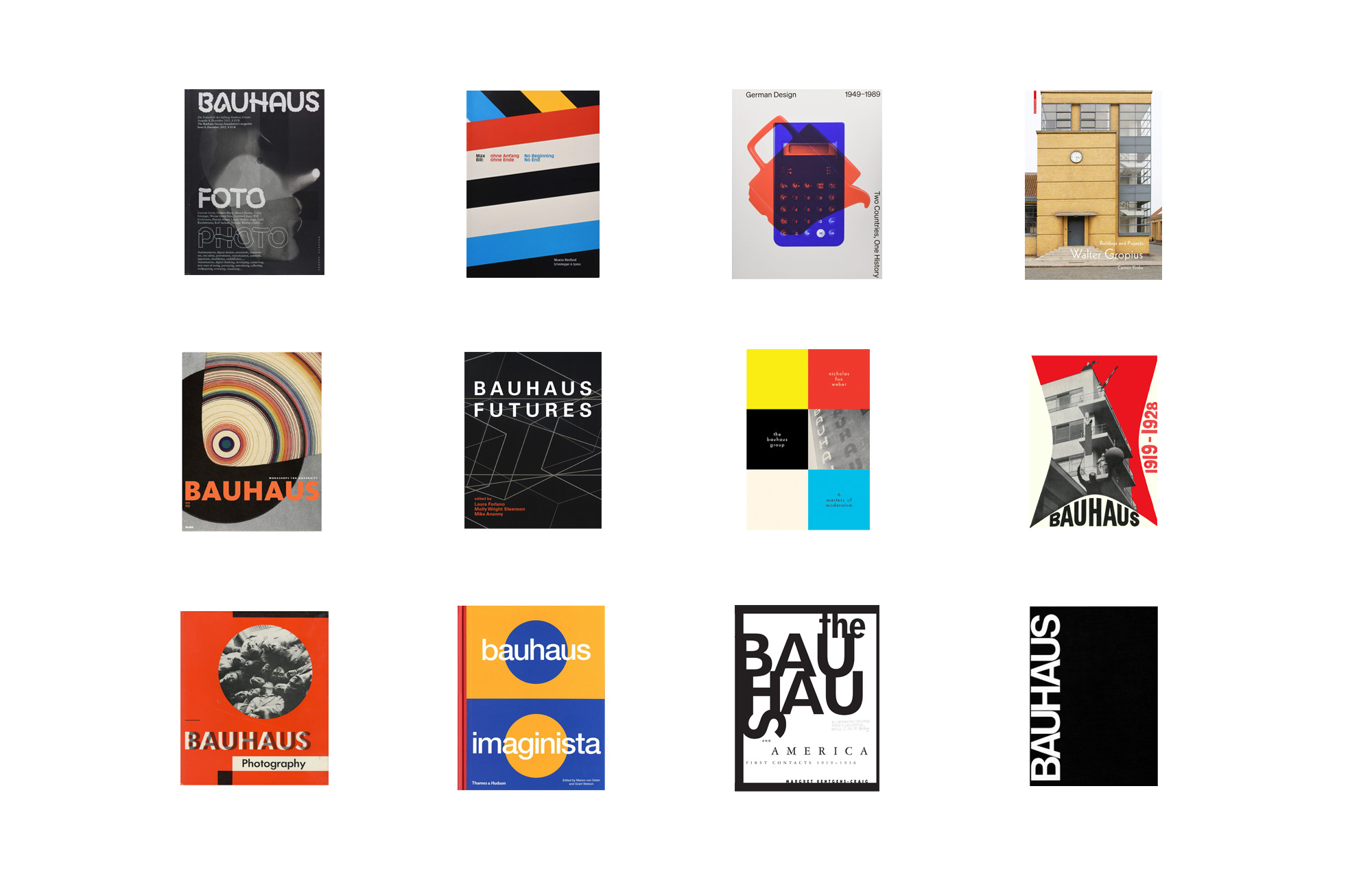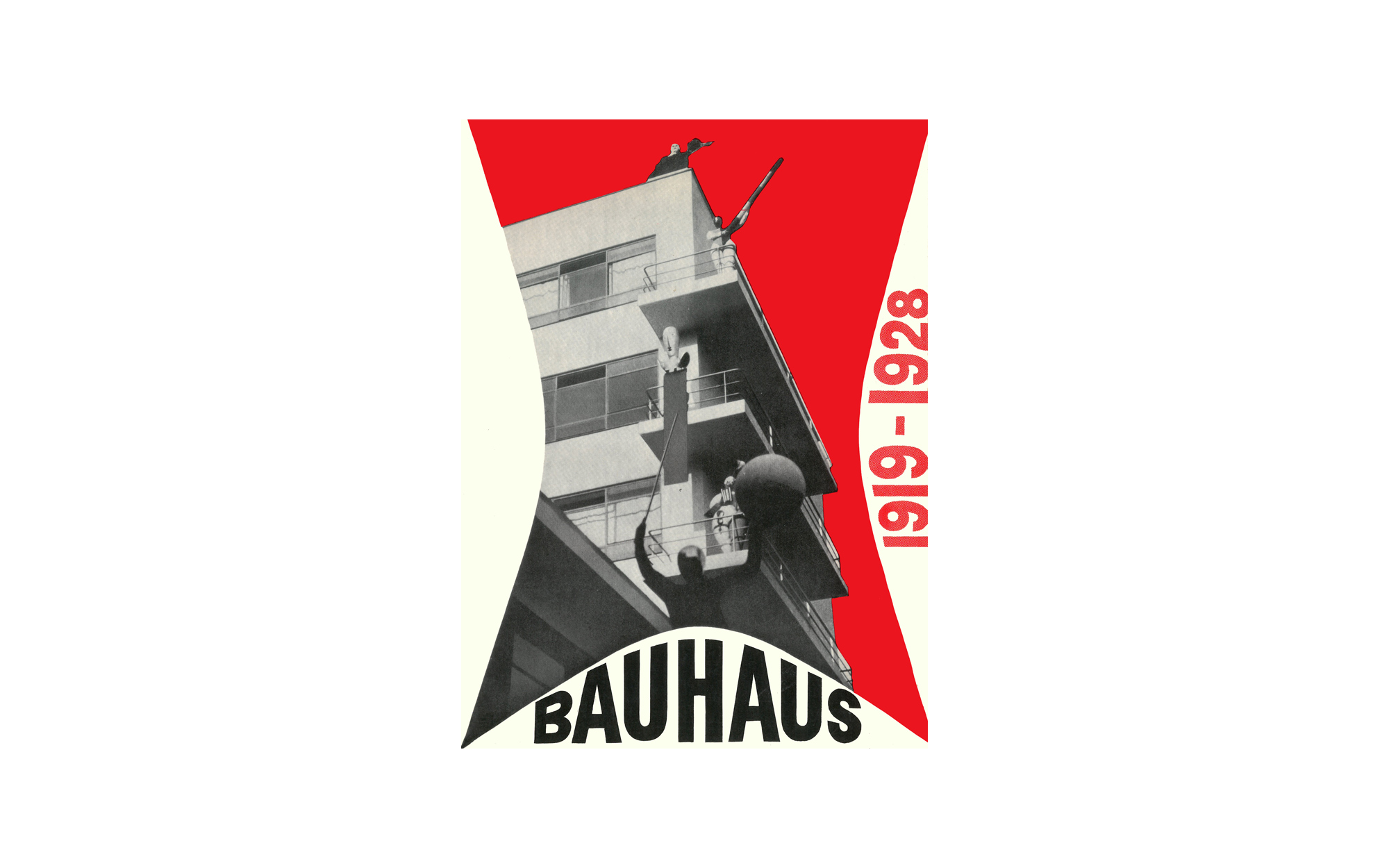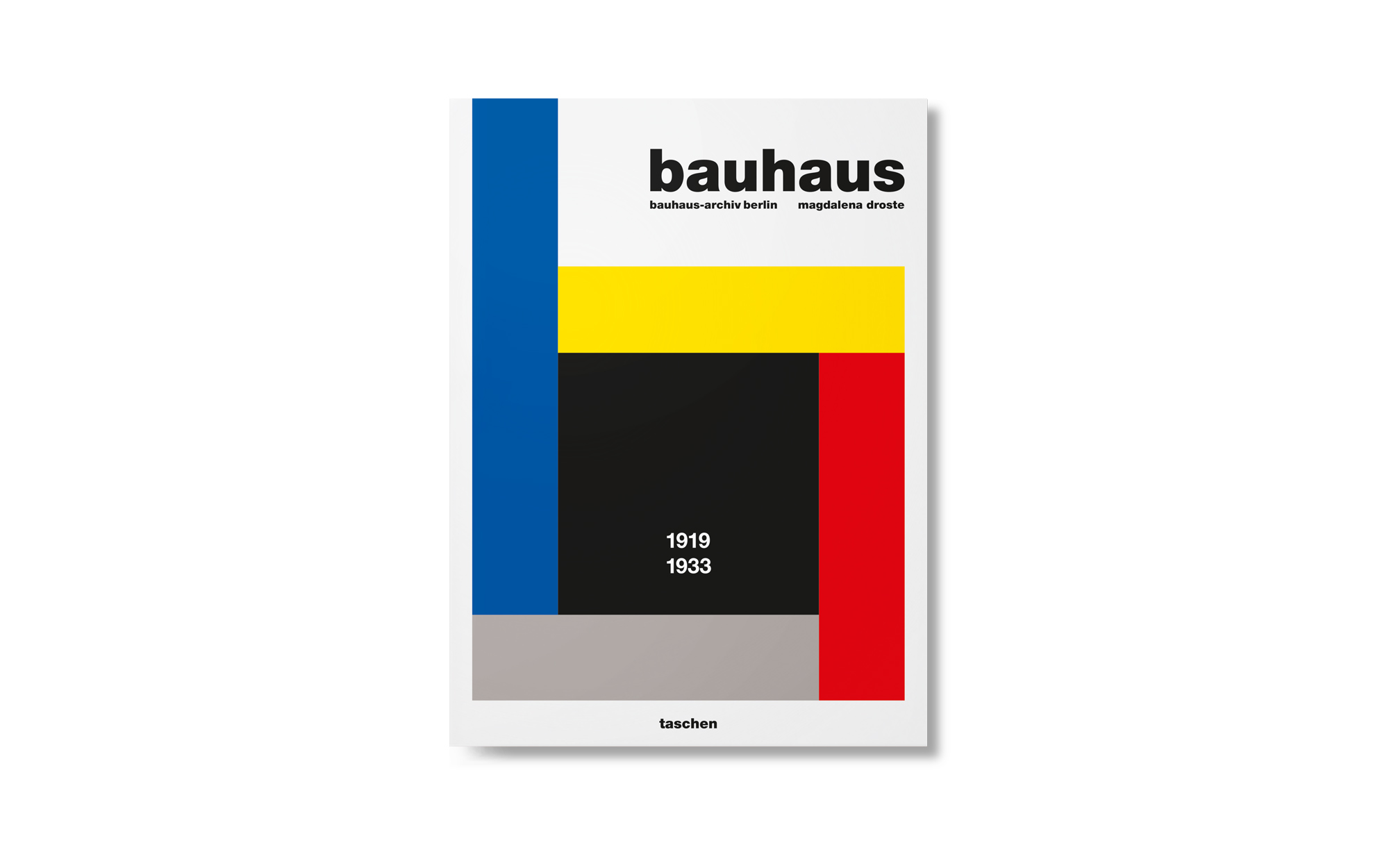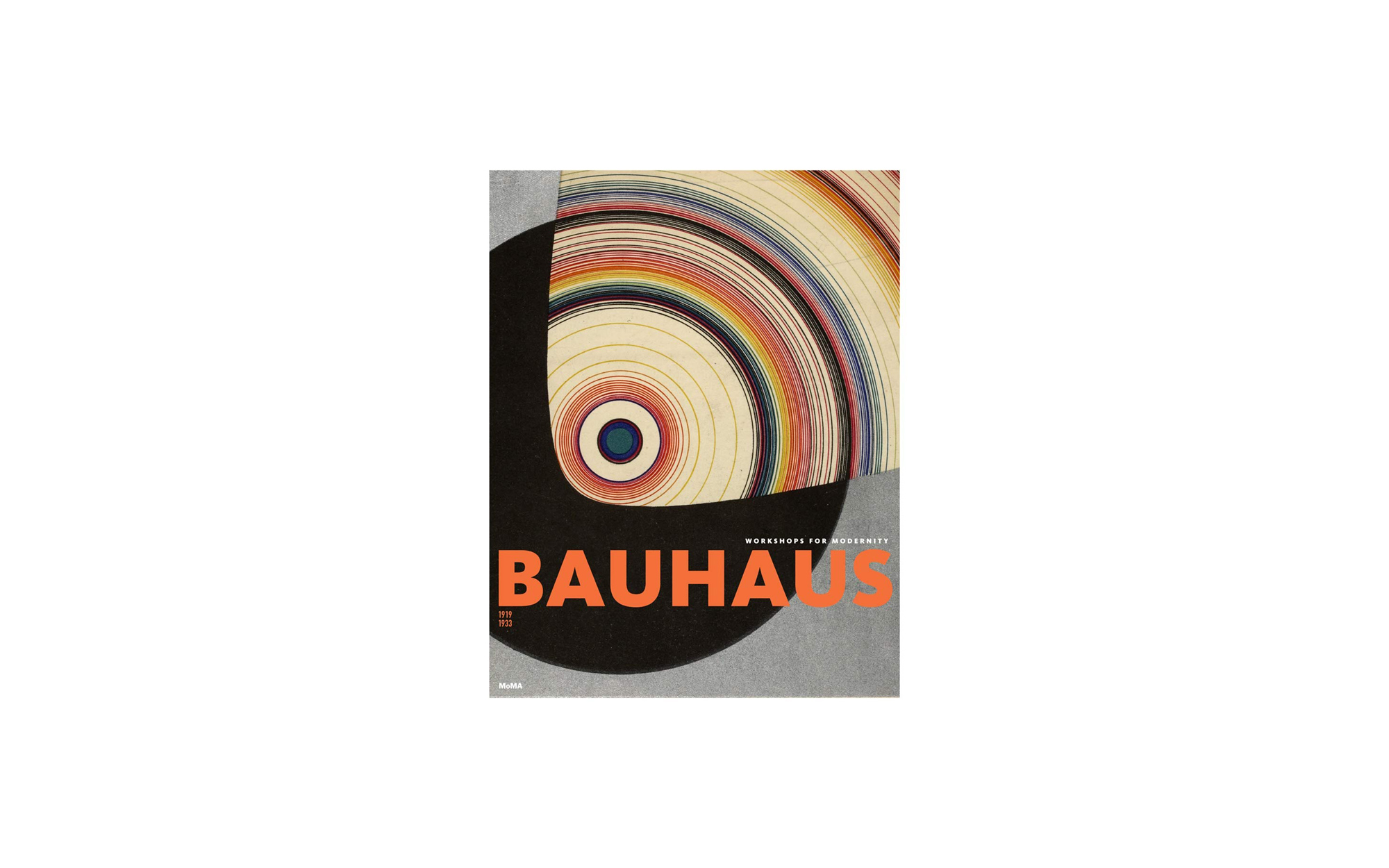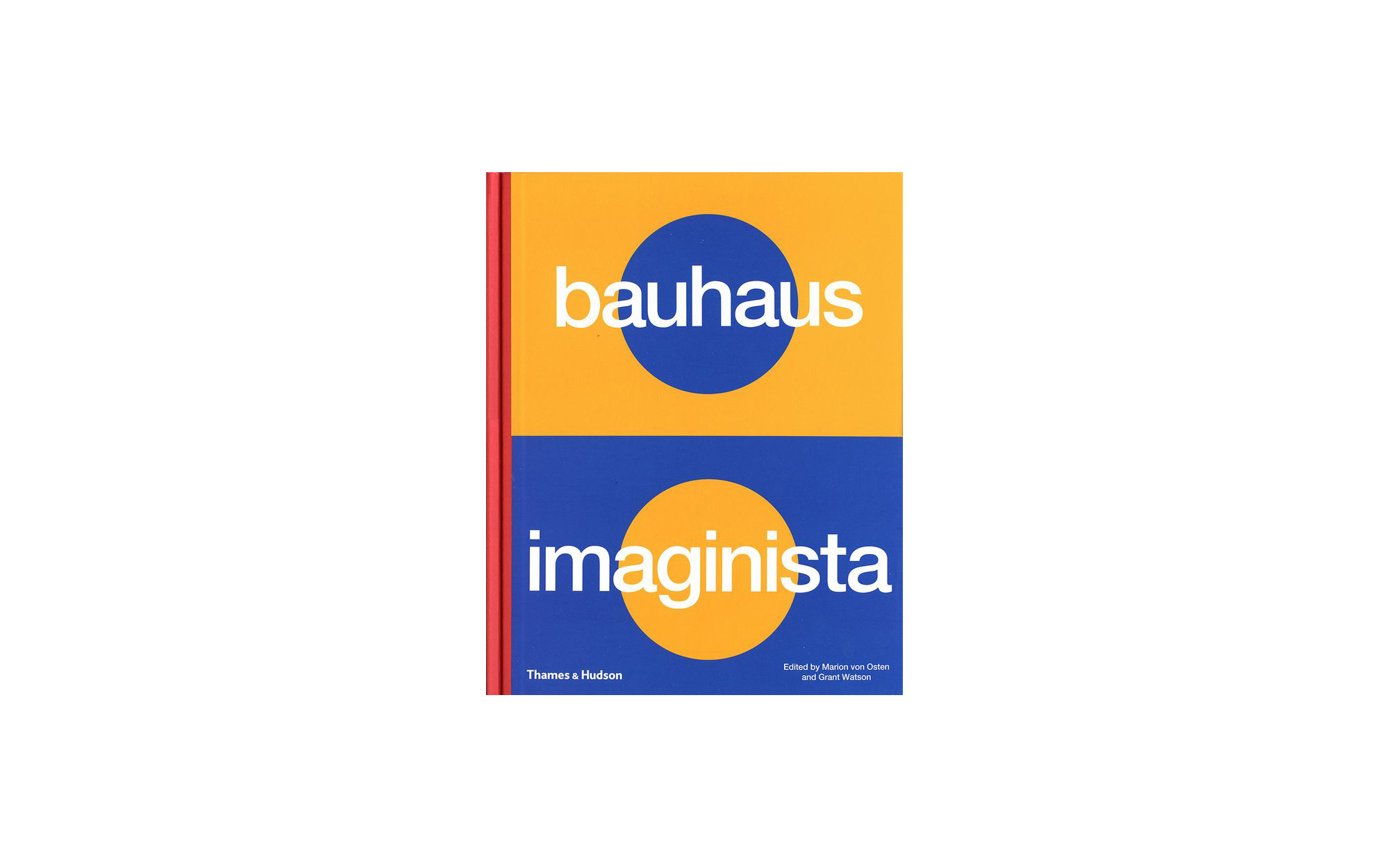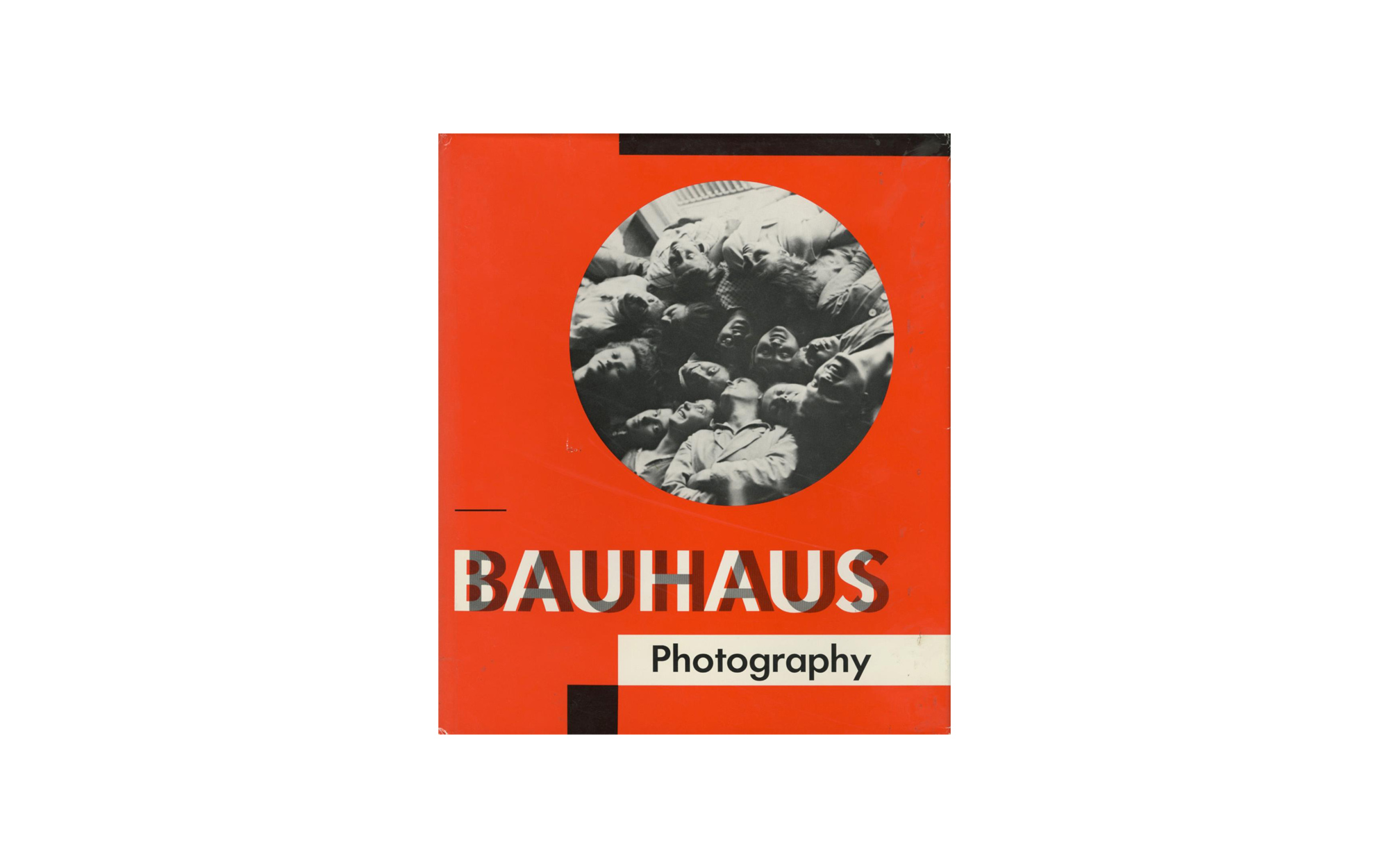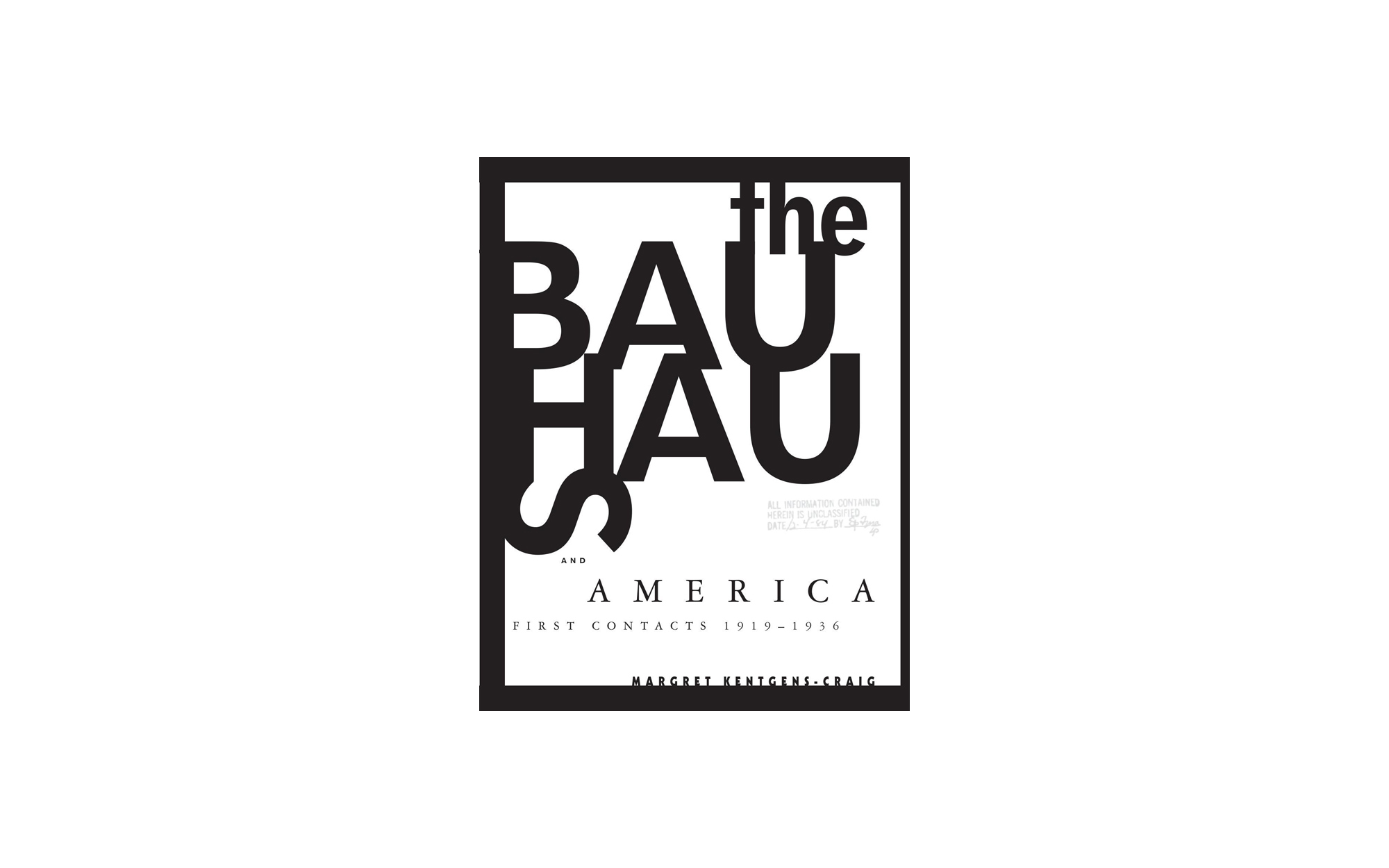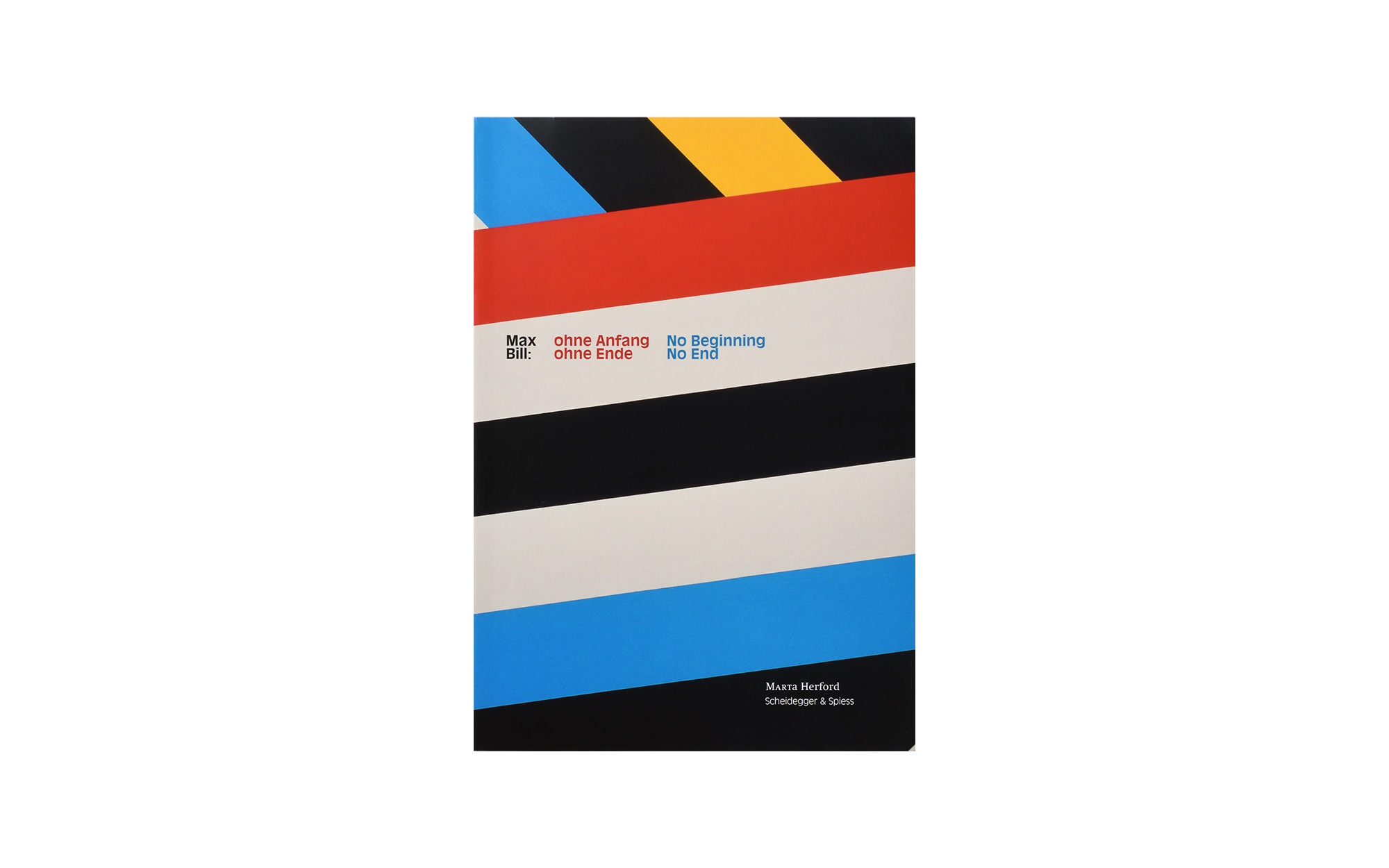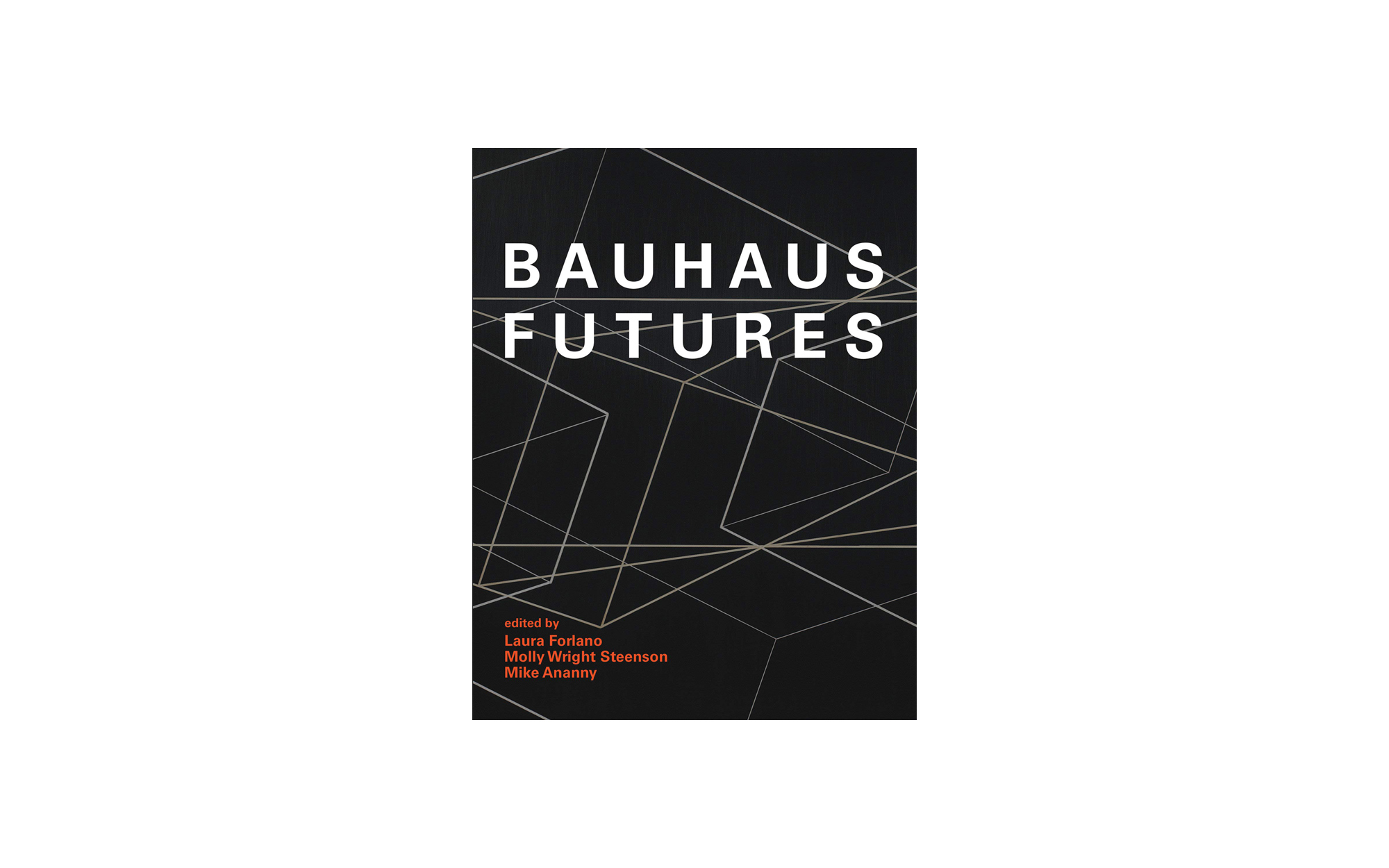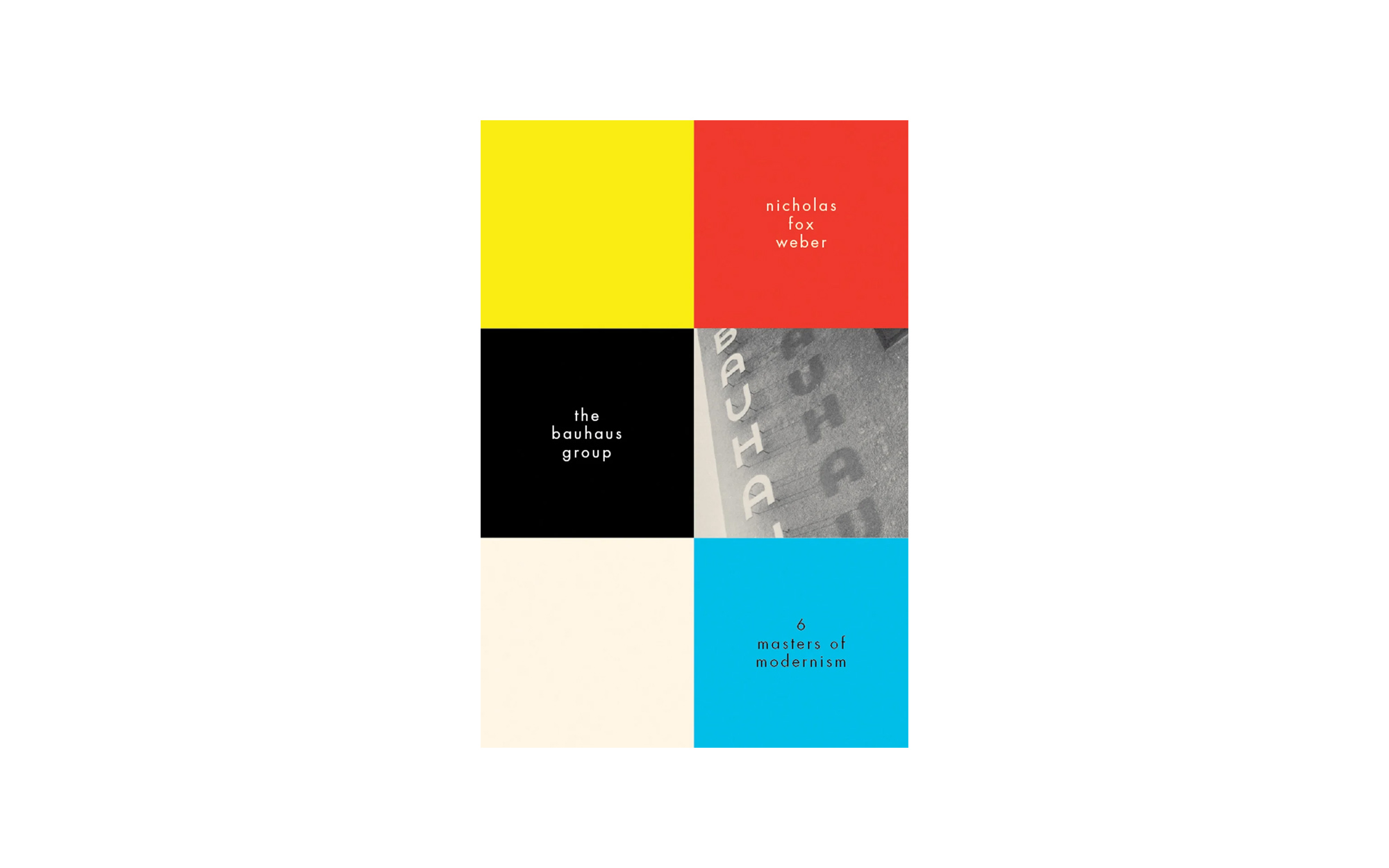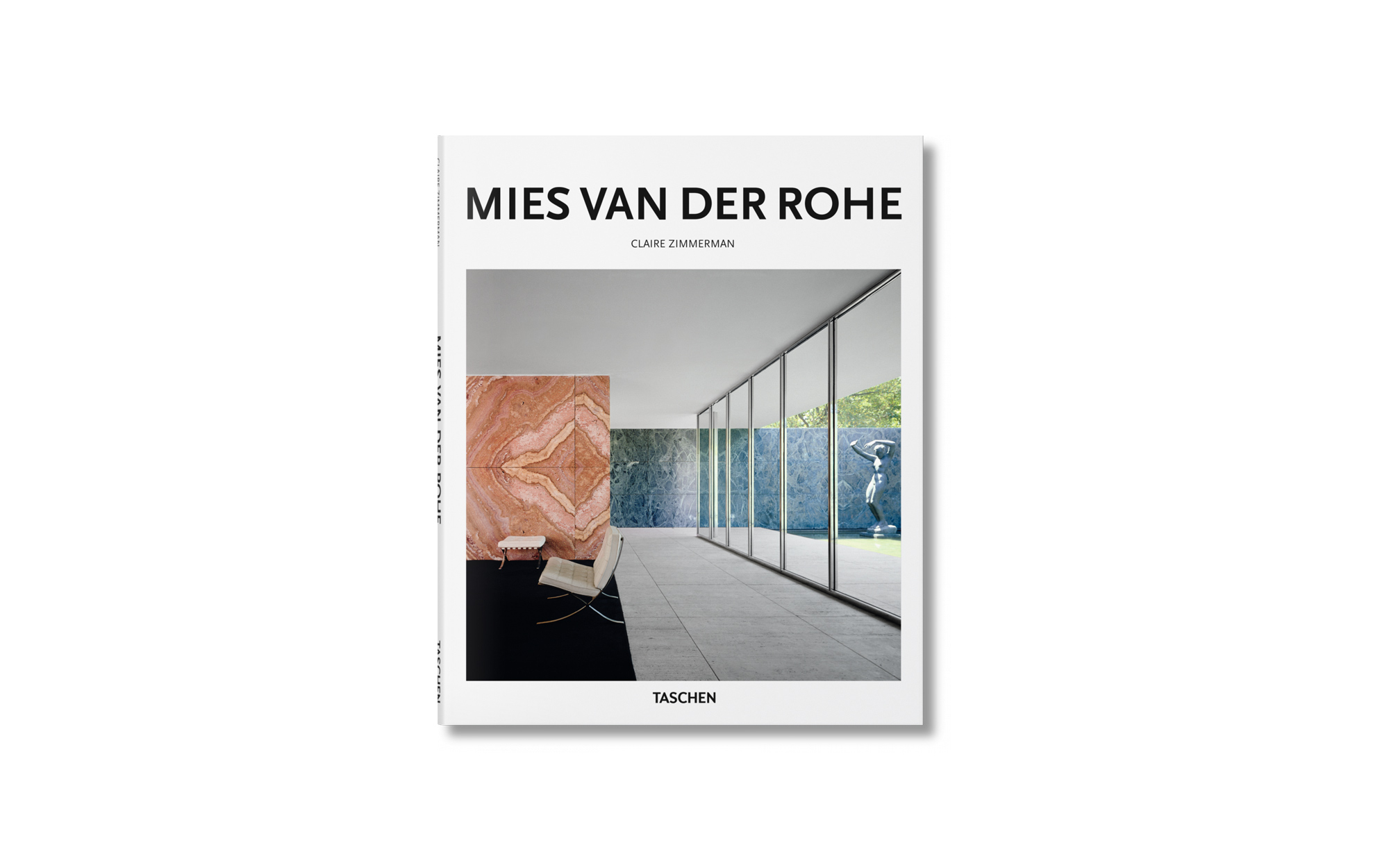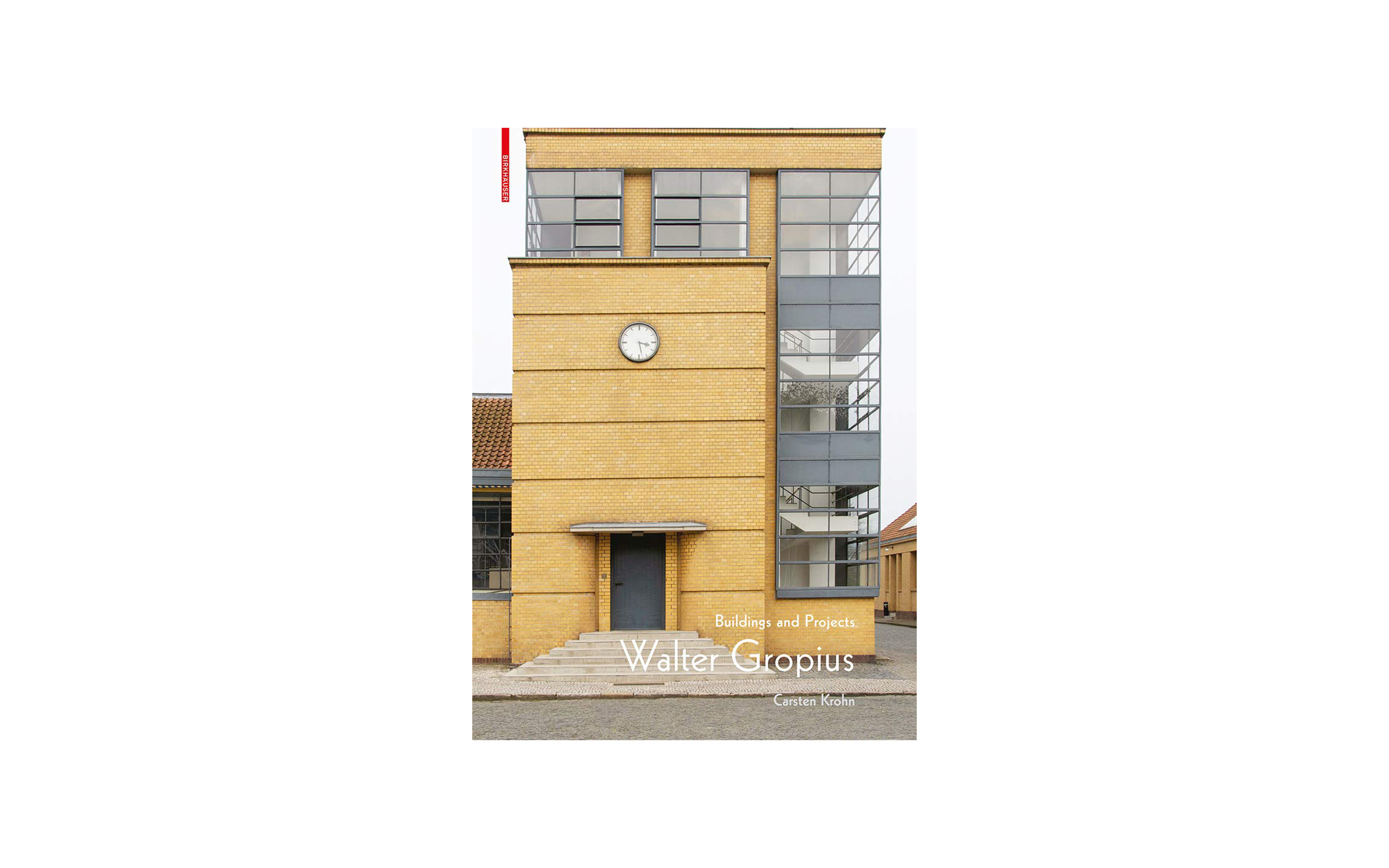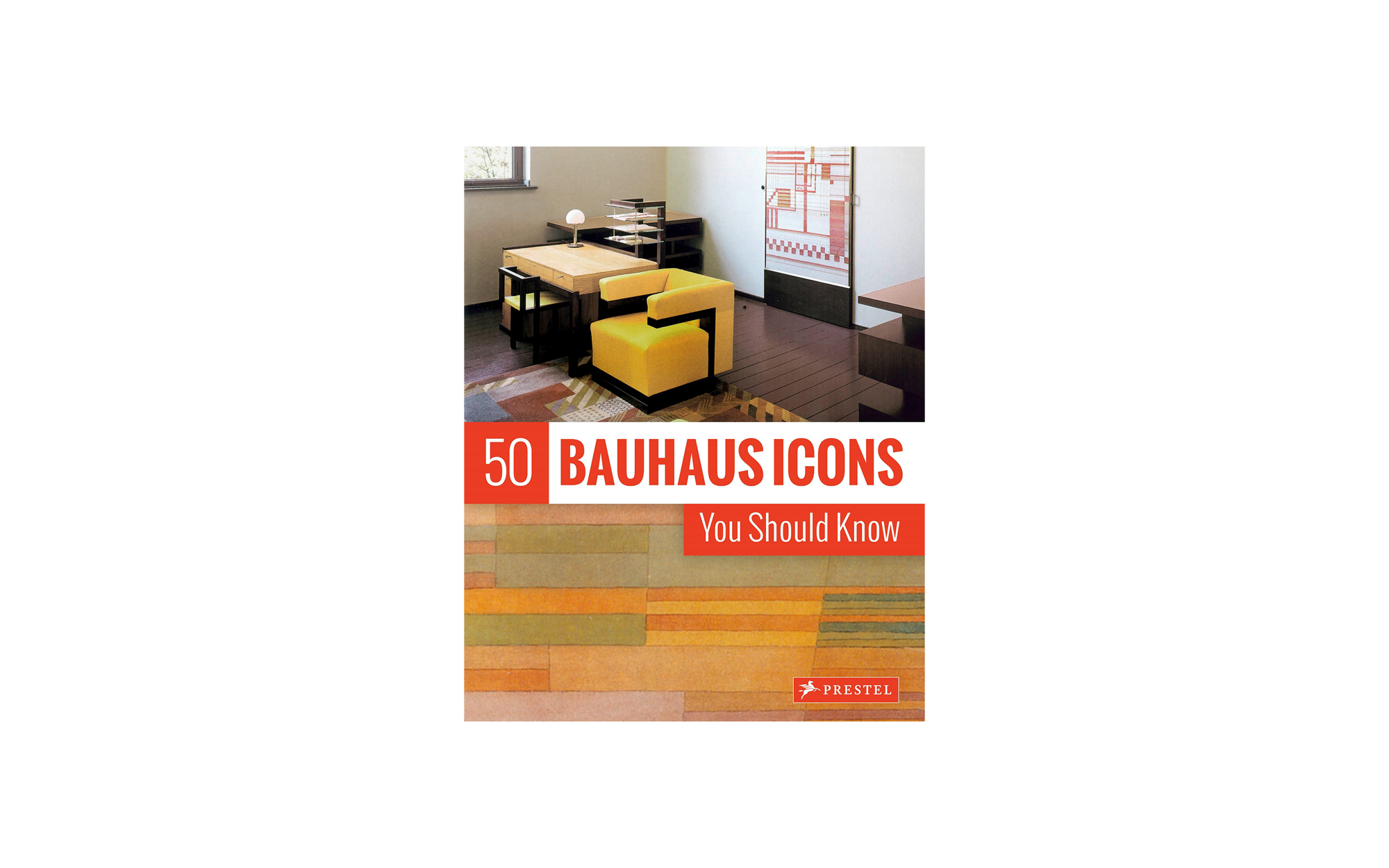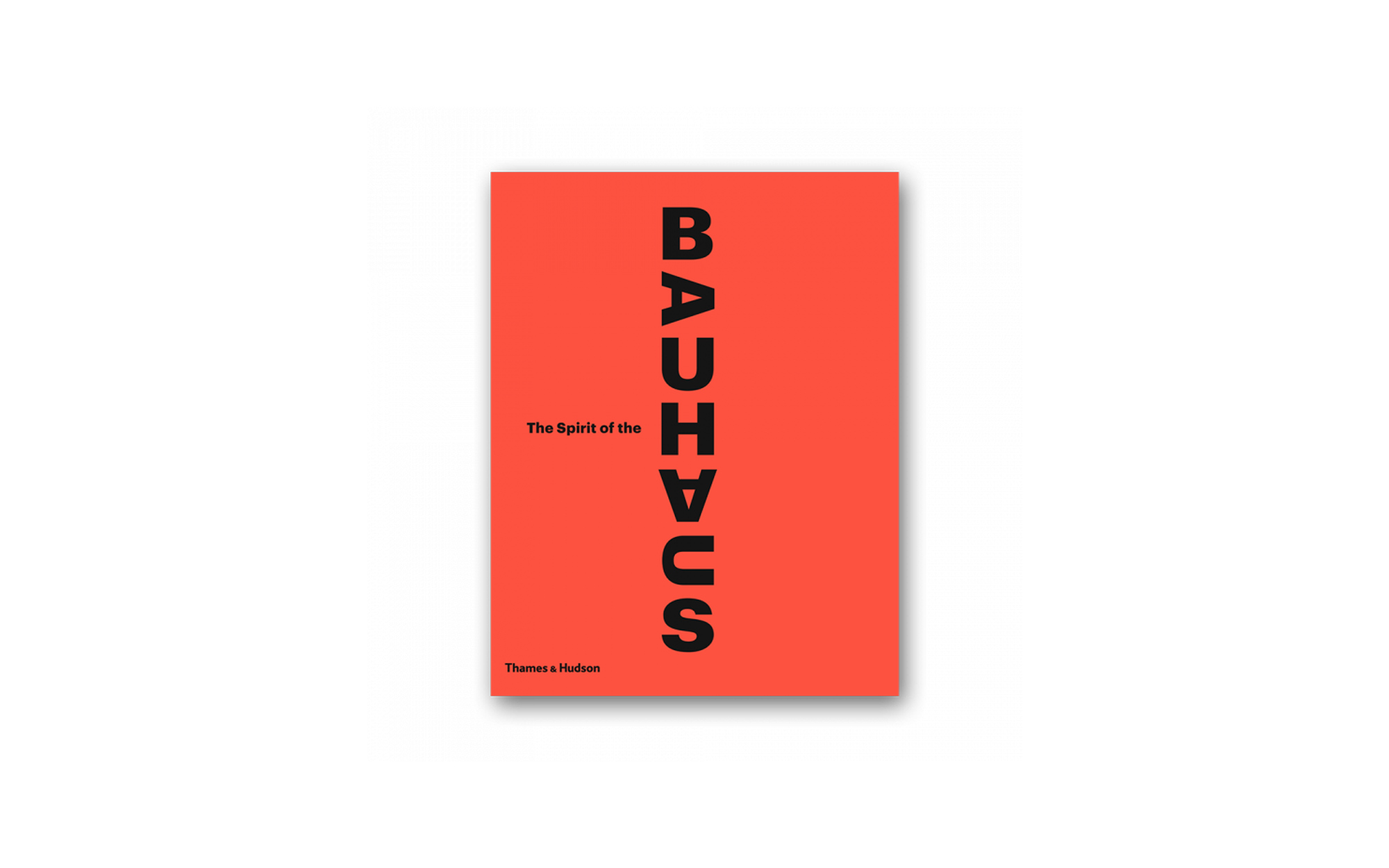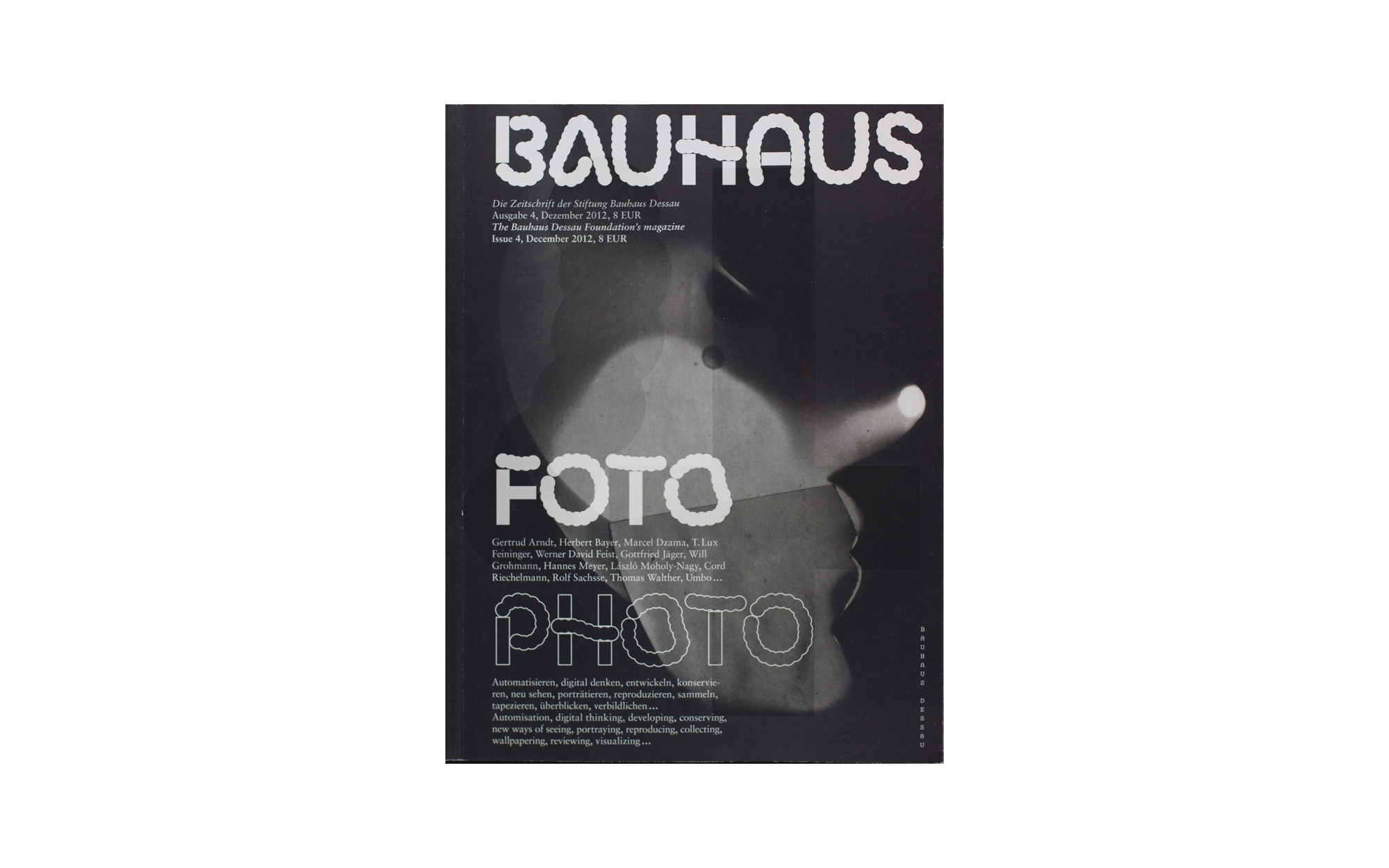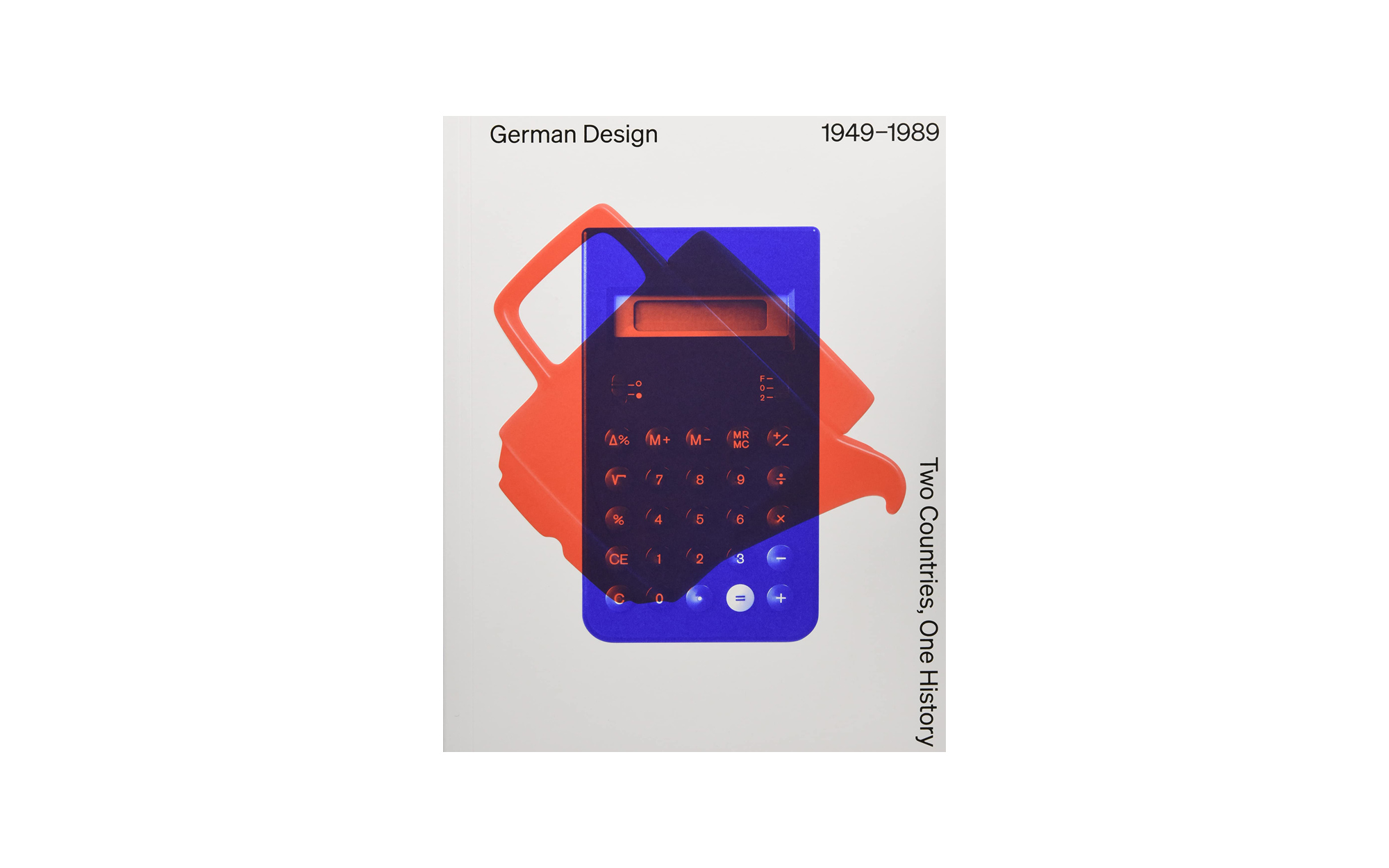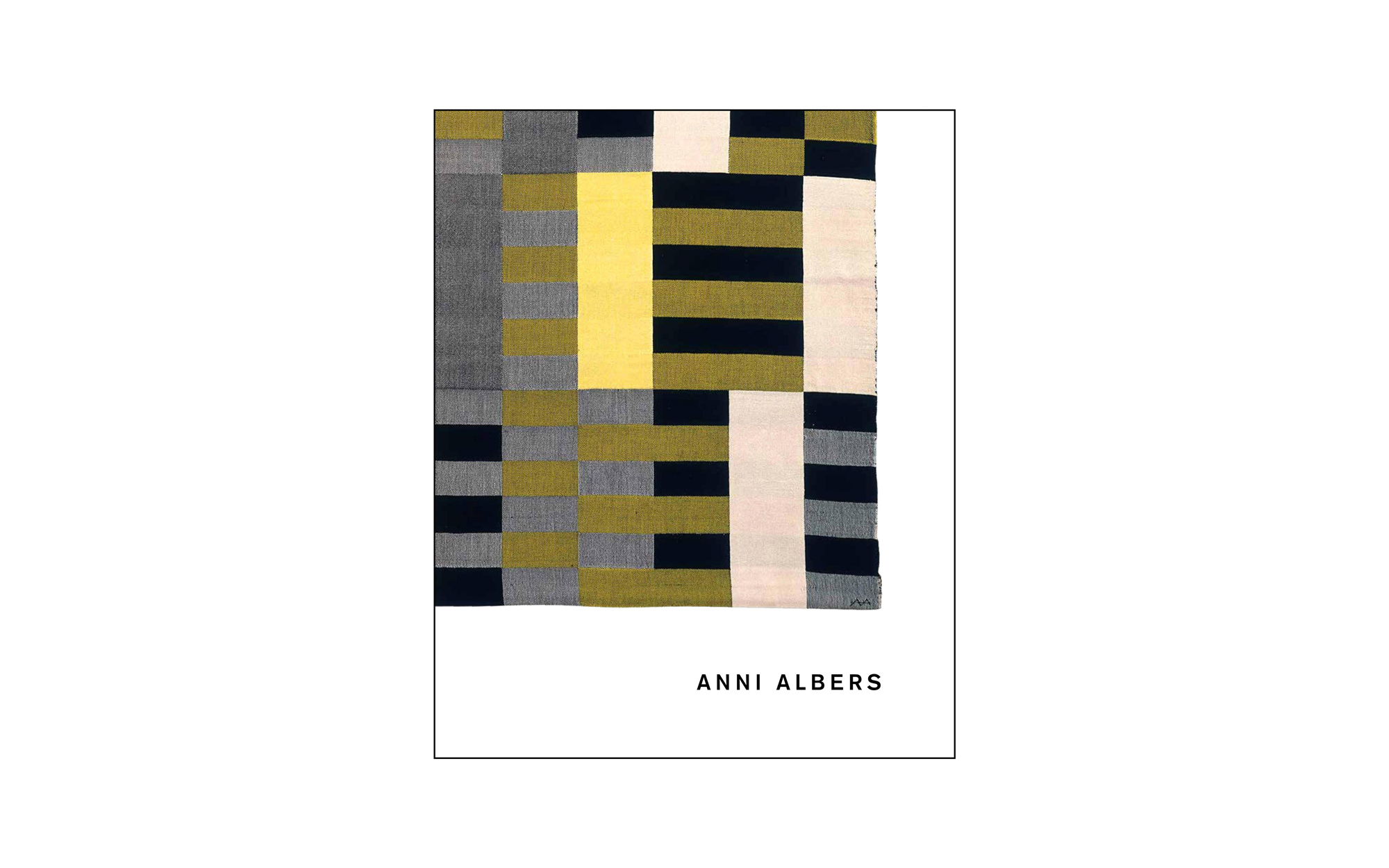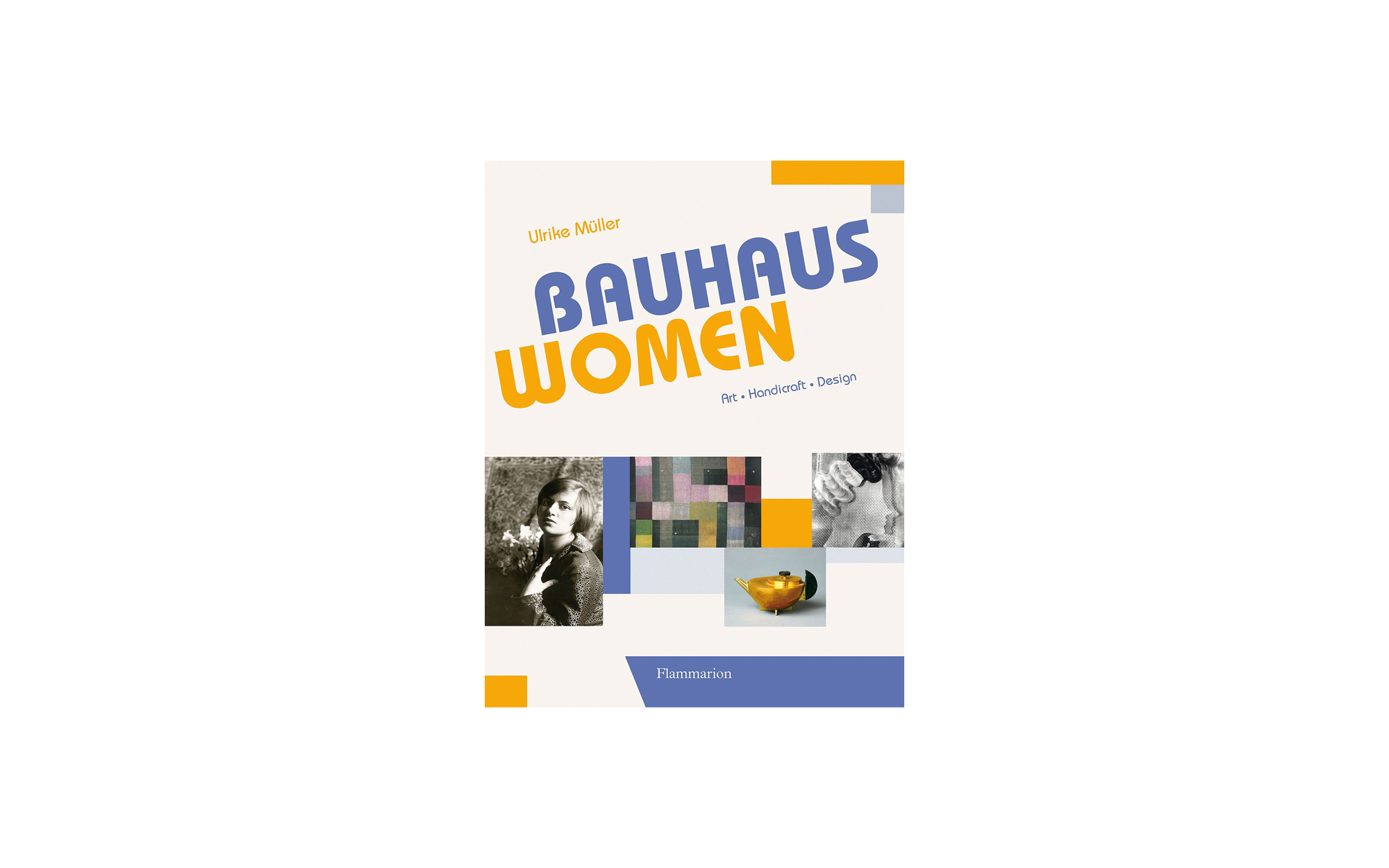The Bauhaus Books Any Design Lover Should Read
Founded in 1919 by architect Walter Gropius, Bauhaus revolutionized modernism and later became one of the most influential movements in design, architecture and art. The school introduced a new approach to teaching with experimental workshops and courses that focused on merging aesthetics and crafts with function. The concept of Gesamtkunstwerk (“comprehensive artwork”), mass production and the idea that good design should be accessible also defined the school’s philosophy. To celebrate this iconic institution, we have gathered the Bauhaus books every design lover and Bauhaus fan should read.
Although focused on the same subject, these publications vary widely. For example, you can read about specific members of the school or delve into complex analyses of contemporary social issues as seen through the Bauhaus lens. Some of these Bauhaus books focus on the school’s history, including its three eras in the cities of Weimar, Dessau, and Berlin; its three different directors, starting with Walter Gropius, from 1919 to 1928; Hannes Meyer, from 1928 to 1930; and Ludwig Mies van der Rohe, from 1930 until the closure of the school due to pressure from the Nazi regime, in 1933. One book explores the often overlooked or forgotten work of the Bauhaus’ women members, while another delves into the school’s experimental courses and workshops. Regardless of theme and concept, every one of these publications is a gem. Safe to say, these books are also a must-have for design and Bauhaus lovers.
Bauhaus 1919-1928
An essential book edited by Bauhaus members.
One of the essential Bauhaus books any design lover should have in their collection, Bauhaus 1919-1928 was edited by leading figures of the movement: Herbert Bayer, Walter Gropius, and Ise Gropius. Other Bauhaus teachers also contributed to the content, including Klee, Albers, and Kandinsky. MoMA originally published the book in 1938. Inside, you can read a comprehensive account of the programs and courses taught at the school as well as info on extra-curricular activities. Another chapter also covers the spread of Bauhaus ideas in Europe and the US. If you’re thinking about getting only one book on Bauhaus, make sure it’s this one.
Bauhaus. Updated Edition
An updated edition that celebrates the school’s centennial.
Magdalena Droste is one of the world’s leading Bauhaus researchers. She has also worked at the Bauhaus-Archiv since 1980, an institution with which she has collaborated to complete Bauhaus. All of this makes the book a must-have for fans of the art and design school. Plus, this updated edition features more content. Launched by Taschen to mark the school’s centennial, the book brings together 550 illustrations, architectural plans, photographs, sketches, models, biographies, and much more across 400 pages.
Bauhaus 1919-1933
A book that accompanied a MoMA exhibition.
Published by the Museum of Modern Art, New York, Bauhaus 1919-1933: Workshops for Modernity initially accompanied a large multimedia exhibition held at the museum. Exhibition curators Barry Bergdoll and Leah Dickerman created the book to offer a new perspective on the influential school and its impact on art and design. One of the Bauhaus books any design lover should own, this publication contains around 400 color plates, documentary photographs, essays, and an illustrated chronology of the renowned school. Many of the images and featured works have rarely been seen outside of Germany.
Bauhaus Imaginista
One of the Bauhaus books focused on the school’s international influence.
Edited by Marion von Osten and Grant Watson, Bauhaus Imaginista. A School in the World takes a look at the wide-reaching influence of the Bauhaus school throughout the world. Inside, readers can go on a journey that showcases in beautiful detail Bauhaus’ international reach; the images show examples of museums, galleries, art institutes, and more, from places like Japan, India, and the United States. One of the Bauhaus books launched to celebrate the centennial anniversary of the German school of art, this publication features contributions from many art and design historians, artists, researchers, and Bauhaus experts.
Bauhaus
A definitive work on the Bauhaus.
Among Bauhaus books, this one by Hans Wingler stands as one of the most reliable and comprehensive documentary publications you can find. Scholarly written, the book also contains illustrations that range from architectural plans to model designs and posters. The documents included here come from a wide range of sourcess; they include private letters of founding members and public manifestos, as well as minutes of faculty meetings. Put more simply, it’s a treasure trove for any Bauhaus fan. Plus, the book now also comes in a boxed hardcover version.
Bauhaus Photography
A collection of 500 photographs.
Edited by Egidio Marzona and Roswitha Fricke, Bauhaus Photography, like its name suggests, brings readers on a visual journey to the Bauhaus school thanks to an impressive selection of photographs. Indeed, this publication contains no less than 500 photos. And they’re not just any photos. Most of these images were actually made by Bauhaus members. Furthermore, some of them have not been published since the 1930s. While Part I showcases over 100 artistic photographs and essays, part II contains around 400 documentary images that show Bauhaus school projects and activities as well as buildings and faculty members.
The Bauhaus and America
A fascinating look at Bauhaus in the 1920s to late 1930s America.
When the Bauhaus school closed in 1933, many members emigrated to America. This book by Margret Kentgens-Craig, former Head of the Department of Archives and Collections at the Bauhaus Dessau Foundation, explores the era between 1919 and 1936. An in-depth chronicle of the time Bauhaus began to integrate in American culture, the publication lays out a case study that clearly shows a transfer of artistic and pedagogical concepts from one culture to another. Fine-tuned marketing and a flow in information also contributed to the rise in fame of the Bauhaus – a clear parallel to the modern art world. A great book for those who want to understand the roots of the Bauhaus influence on America and the world, beyond the underlying qualities and concepts that stand at the school’s foundation.
Max Bill: No Beginning, No End
A definitive Max Bill monograph.
A student at the Bauhaus school, Swiss artist, designer, and architect Max Bill became one of the leading figures of European applied arts and design of the 20th century. Following Bauhaus principles, he has left an enduring mark on the world of contemporary design. This book published by Scheidegger and Spiess is an authoritative guide on Max Bill’s extensive and varied career. It includes over 200 illustrations of his designs, artworks and typography as well as works by his contemporaries. Essays are also included. This new edition of the renowned Max Bill: No Beginning, No End book features text in both English and German.
The ABCs of Triangle, Square, Circle
An innovative exploration of Bauhaus design principles.
Multidisciplinary designers Ellen Lupton and J. Abbott Miller collaborated on The ABCs of Triangle, Square, Circle: The Bauhaus and Design Theory. Published in 1991, the book made waves with its original exploration of Bauhaus design principles through a kaleidoscopic lens of geometry, graphic design, psychoanalysis, childhood education, and popular culture. Inside the publication, readers can find an array of essays, illustrations, diagrams, photographs, and typographic samples that show diverse applications of basic Bauhaus design theory. A perfect choice for those who are looking for Bauhaus books with a more creative twist. This new edition also features a new preface by the authors.
Bauhaus Futures
A fresh perspective on the renowned school.
Edited by Laura Forlano, Molly Wright Steenson and Mike Ananny, Bauhaus Futures offers a fresh perspective on the popular school. Rather than chronicling its past, the book explores the ways the design principles and core ideas of the Bauhaus would apply – or adapt – to a world that deals with issues of gender, race, sexuality, or disability. The publication brings together essays, photo-essays, manifestos, interviews, a play, and diagrams that explore an array of Bauhaus-related subjects, but from a current point of view. Here you can read more about contemporary takes on the Bauhaus curriculum or about the work of women in the Bauhaus, among other concepts.
The Bauhaus Group
A more intimate portrait of Bauhaus members.
Head of the Albers Foundation for thirty-four years and the director of the Josef and Anni Albers Foundation, Nicholas Fox Weber spent many years with Anni and Josef Albers. The couple opened up not only about their own experiences, but also about the day to day life at the art and design school. This group biography introduces readers with more intimate aspects of the iconic members’ lives, including surprising as well as largely unknown facts about the Bauhaus faculty and artists. One of the Bauhaus books that is a perfect gift for fans of the school and its legendary members.
Mies Van der Rohe
A must-have book for any fan of the renowned architect and designer.
Our list of Bauhaus books also includes titles specifically about the school’s members. This one, edited by Claire Zimmerman, focuses on the world-famous architect and designer Ludwig Mies van der Rohe. The creator of iconic buildings, including the Barcelona Pavilion and New York’s Seagram Building, he also coined the famous expression “less is more”, now the mantra of many contemporary designers around the world. The monograph explores Mies van der Rohe’s work, with more than 20 projects completed from 1906 to 1967, including buildings located in Germany and the US.
Walter Gropius
A monograph that documents Gropius’ architectural projects.
Any list of essential Bauhaus books should include a monograph about the school’s founder: Walter Gropius. Author Carsten Krohn has created a comprehensive account of the architect’s projects. The book features 74 of all known buildings completed by Gropius, including some of his earlier, lesser-known designs as well as unrealized projects. The publication also covers the work Gropius completed in The Architects Collaborative collective, a project he founded in the US. Inside, readers can discover an array of photographs and plans that showcase Gropius’ architectural style and design flair.
50 Bauhaus Icons You Should Know
A great selection of iconic designs.
One of the Bauhaus books that makes a perfect gift for fans and novices alike, this publication by Josef Strasser brings together some of the most iconic designs that represent the school’s design principles. Here you can find anything from architectural projects to furniture design and textiles. Apart from renowned artists and designers like Josef Albers, Wassily Kandinsky, and Joost Schmidt, the book also features work from lesser-known members of the schools. Plus, 50 Bauhaus Icons You Should Know also explores the lasting influence of the school on contemporary art and design practices.
Staatliches Bauhaus in Weimar
The first Bauhaus book.
Published in 1923 as the catalog for the first Bauhaus exhibition, Staatliches Bauhaus in Weimar 1919-1923 is one of the best Bauhaus books you can give to a design lover. That’s because it’s a gem and a piece of design history. The book features a cover by Herbert Bayer, an original layout created by László Moholy-Nagy, and a preface where founder Walter Gropius explains the structure of the school and its programs. The publication contains projects from both faculty members and students, along with theoretical doctrines and teaching methods of the Bauhaus.
The Spirit of the Bauhaus
An accessible and comprehensive Bauhaus guide.
Since its founding in 1919 until its closure by the Gestapo in 1933, the Bauhaus revolutionized the relationship between fine arts, crafts and industrial production. Well-known artists, designers, and architects taught at the school, including Paul Klee, Wassily Kandinsky, and Ludwig Mies van der Rohe. This book delves into the school’s courses and workshops, including experimental programs. However, it also explores the sources of inspiration that brought Bauhaus to life, from Japanese prints to Europe’s cathedrals. Furthermore, readers can also learn more about the school’s history in the context of the political turmoil of 1930s Germany.
Bauhaus Issue 4 – Photo
A magazine dedicated to photography at the Bauhaus.
The issue 4 of the Bauhaus magazine accompanied the “A Picture of the Bauhaus. The photo collection of Thomas Walther” exhibition that opened in December 2012 and closed in February 2013. While focused on photography, the publication aims to show that “Bauhaus photography” doesn’t exist as a homogeneous subject. To prove this, the issue features twenty-six works from the Thomas Walther collection, including photos by László Moholy-Nagy, Walter Peterhans, T. Lux Feininger, and Otto Umbehr. Essays, an interview with Thomas Walther, and an analysis on Bauhaus’ international influence complete the issue.
German Design 1949 1989
A book that highlights the facets of German design.
While it analyzes the differences and common threads in German design before the fall of the Berlin Wall, German Design 1949 1989: Two Countries, One History also covers the legacy of the Bauhaus school. A great gift for both history and design buffs, this book features over 300 illustrations that cover a wide range of fields, from furniture and product design to fashion, automotive design, and interior design. The publication also contains an array of essays, interviews, and texts from various contributors, including Dieter Rams, Eli Rubin, Katrin Schreiter, and Oliver Sukrow, among many others.
Anni Albers
A monograph of an often overlooked pioneer of modernism.
Authors Ann Coxon, Briony Fer, and Maria Müller-Schareck collaborated to create this fantastic monograph of Bauhaus member Anni Albers. After attending the school as a student, she became the head of the weaving workshop in 1931. A leading pioneer of modernism and modernist art, she was a skilled textile designer, artist, print-maker, and weaver. This book showcases some of her best work with both illustrations and photographs that include everything from wall hangings to prints and jewelry. The selection of works covers a long period in Anni Albers’ career, from her earliest years at the Bauhaus to the time spent at the experimental Black Mountain College in North Carolina.
Bauhaus Women
A book that celebrates the women of the Bauhaus.
Overlooked for much of the 20th century and its major art histories, the women of the Bauhaus have finally started to receive recognition. This publication, launched alongside the MoMA Bauhaus exhibition in 2009, is one of the Bauhaus books any fan of the school should own. It pays homage to the talent and work of the women whose contributions to the Bauhaus schools have largely been forgotten – until now. In Bauhaus Women: Art, Handicraft, Design by Ulrike Müller, you can read more about recognized figures like textile artist Anni Albers and designer Marrianne Brandt, as well as lesser-known artists and designers such as sculptor and costume designer Ilse Fehling and head of the textile workshop Helene Börner.
Bauhaus Architecture
A book with gorgeous photographs of Bauhaus architecture.
Edited by German architect and writer Alex Tilch, Bauhaus Architecture showcases architectural projects throughout Europe via stunning photographs. For this book, renowned architectural photographer Hans Engels captured a series of buildings designed by various Bauhaus members. Apart from well-known buildings, the book also features lesser-known projects completed throughout Europe, from Germany and Vienna to Prague and Barcelona. Featured architects include Walter Gropius, Ludwig Mies van der Rohe, and Marcel Breuer. The chronologically arranged photos paint a vivid portrait of Bauhaus architecture as it evolved through time, with site plans and informative texts also included.



